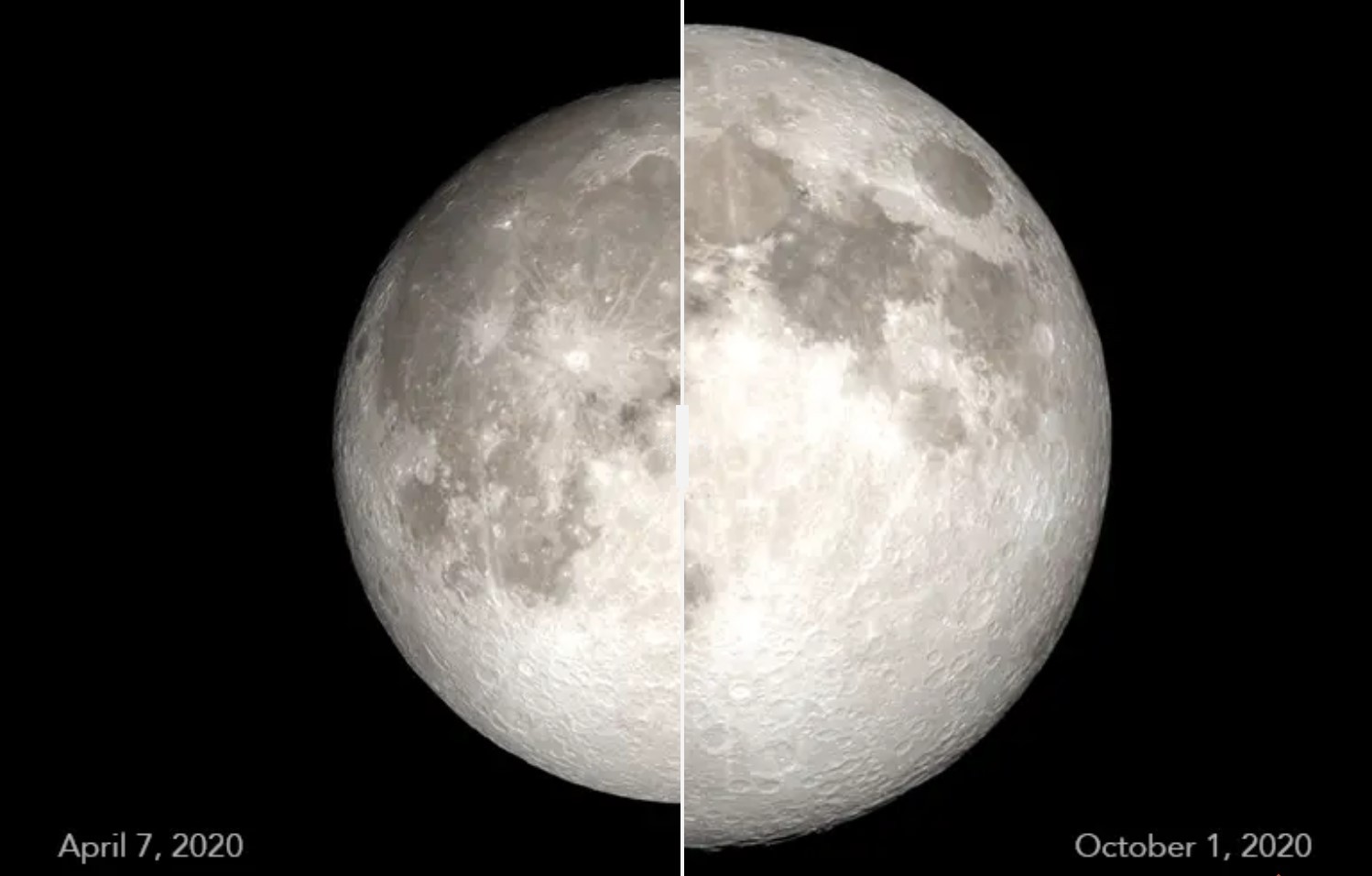NASA's James Webb Space Telescope may miss March 2021 launch, GAO report says
There's just a 12% chance the telescope will launch in March 2021.

NASA's next great space observatory, the much-delayed James Webb Space Telescope, just got a scathing report card from a government watchdog agency that finds the mission has only a 12% chance of launching on schedule in March 2021.
The document, released yesterday (Jan. 28) by the Government Accountability Office (GAO), is the eighth in an annual series on NASA's James Webb Space Telescope. In this year's installment, the GAO finds that the padding in the project's schedule is in perilously short supply, and that the launch could slip to July 2021.
The massive, complex observatory has faced countless budget and schedule overruns: All told, NASA has spent about $9.7 billion on the project, which has been delayed by more than six years in the past decade. That's in stark contrast to estimates for the project when it was approved, when it was meant to cost $1 billion to $3.5 billion and launch sometime between 2007 and 2011, according to the GAO report.
Related: What's the Point of the James Webb Space Telescope?
The new report is based on a host of documents and interviews relating to the JWST project and was reviewed by NASA personnel before publication, according to the document. Its publication comes just weeks after NASA's director of astrophysics assured a gathering of thousands of astronomers that the project was on track for a March 2021 launch.
A key concern for the GAO in the new report is the project's schedule reserve, which is the padding time built into a development timeline to absorb unexpected delays. According to their findings, two issues with the telescope's communication system discovered in March and April 2019 ate up a concerning portion of the project's schedule reserve.
Those delays have pushed the James Webb Space Telescope below the level of schedule reserve that NASA's Goddard Space Flight Center requires of its projects, according to the GAO. As a result, the auditors wrote, the JWST team reported in October 2019 that it has just a 12% confidence level it can launch the observatory in March 2021.
Get the Space.com Newsletter
Breaking space news, the latest updates on rocket launches, skywatching events and more!
That's far below the 70% threshold that NASA bases its schedules on. To meet that threshold would require a July 2021 launch.
"The project does not currently intend to change the launch readiness date in response to this analysis alone," the GAO report read, "but plans to assess the feasibility of the launch readiness date again in spring 2020 after significant technical tasks are completed."
The report also notes that NASA is monitoring 50 different risks for the project, three of which are new for this iteration of the report. NASA believes nearly half of those have been addressed and are under control, but wants to be sure.
Despite the grim details included in the report, the GAO does not include any new recommendations for NASA to address and noted that the agency has worked with contractor Northrop Grumman keep the project on track.
The full report is available on the GAO website.
- How NASA's James Webb Space Telescope Works (Infographic)
- Building the James Webb Space Telescope: Hubble's Successor (Gallery)
- Some Assembly Required: Giant Next-Generation Space Telescopes Could Be Built Off Earth
Email Meghan Bartels at mbartels@space.com or follow her @meghanbartels. Follow us on Twitter @Spacedotcom and on Facebook.
Join our Space Forums to keep talking space on the latest missions, night sky and more! And if you have a news tip, correction or comment, let us know at: community@space.com.

Meghan is a senior writer at Space.com and has more than five years' experience as a science journalist based in New York City. She joined Space.com in July 2018, with previous writing published in outlets including Newsweek and Audubon. Meghan earned an MA in science journalism from New York University and a BA in classics from Georgetown University, and in her free time she enjoys reading and visiting museums. Follow her on Twitter at @meghanbartels.
-
Hari The JWST saga is becoming as tiresome as the constantly delayed Russian ISS module Nauka. May be Starliner will deliver a crew before either one of them reaches space!Reply









